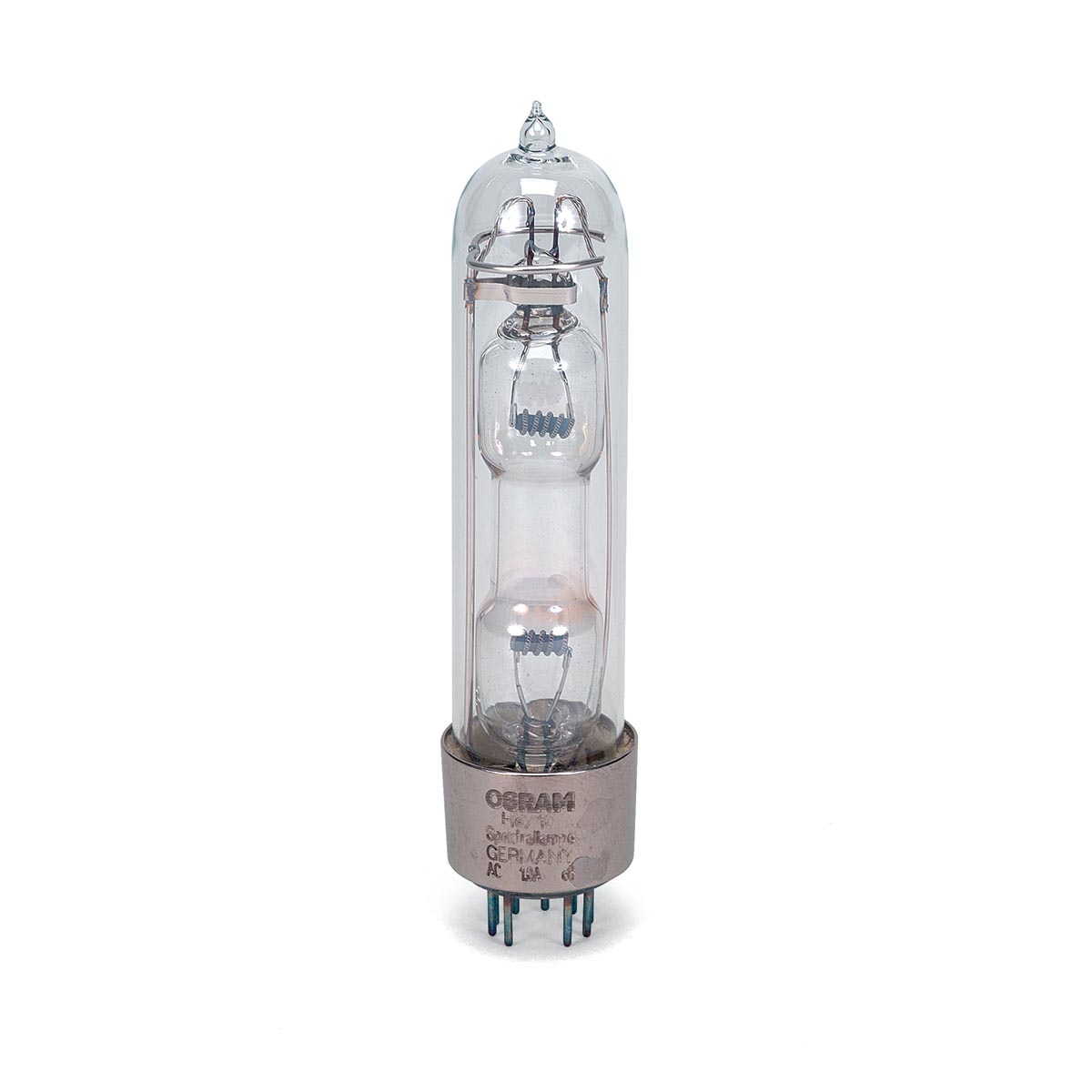Contents

Source: 3B Scientific
<>
Spectral Lamps: A Guide
Overview
Spectral lamps are gas discharge lamps that emit light on specific standard spectral lines, primarily used for spectral calibration purposes. These lamps can emit light in the visible, infrared, or ultraviolet spectral regions.
Composition
Spectral lamps typically contain noble gases such as helium, neon, argon, krypton, and xenon, as well as metal vapors like sodium, cesium, mercury, and cadmium. Light emission occurs from single atoms or ions, resulting in quasi-monochromatic radiation with precise wavelengths.
Operation Principle
Spectral lamps operate as gas discharge lamps with low gas pressure to avoid pressure broadening. They work on a low-temperature glow discharge rather than an arc discharge, emitting light on multiple spectral lines.
Electrical Aspects
Despite low power density, spectral lamps require operation voltages in the hundreds of volts range. Lamp suppliers offer sockets and power supplies, with some lamps designed for direct operation with line voltage.
Lamp Housing
Spectral lamps are often housed for easy mounting, protection against electric shocks, and light output control. Some housings integrate optical filters to block unwanted parts of the spectrum.
Performance Parameters
Spectral lamps must provide accurate spectral lines with high wavelength precision and small emission linewidths. While they may not have high optical power, they are suitable for applications like wavelength calibration.
Applications
Spectral lamps are primarily used for wavelength calibration in spectroscopy. They are also used in setups requiring light on a single spectral line, such as in interferometers.
Conclusion
Spectral lamps play a crucial role in various scientific and industrial applications, providing precise spectral lines for calibration and research purposes.

Source: PHYWE
Feel free to comment your thoughts.



